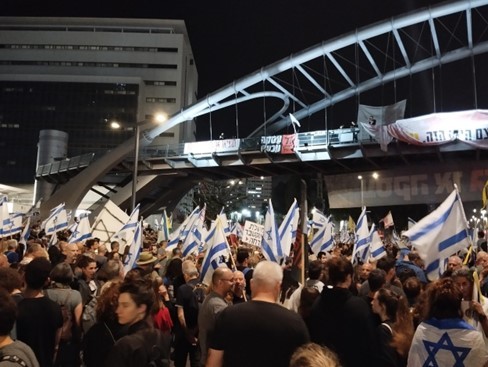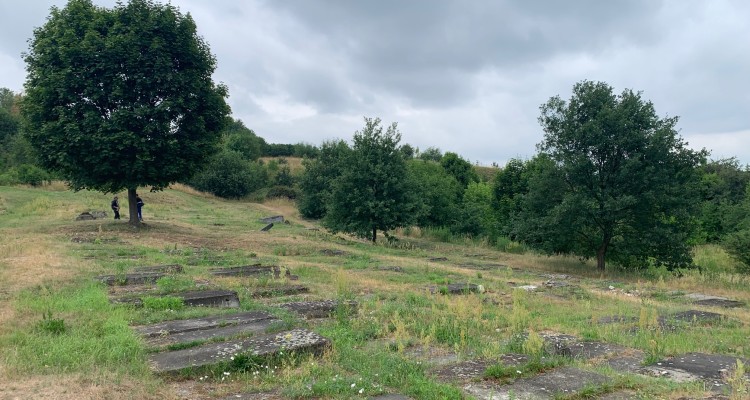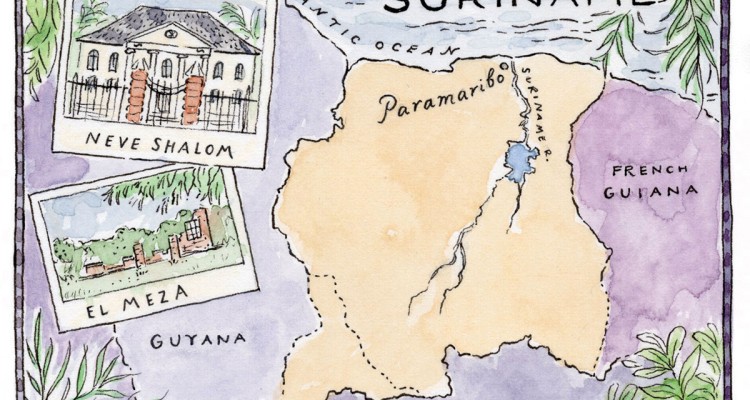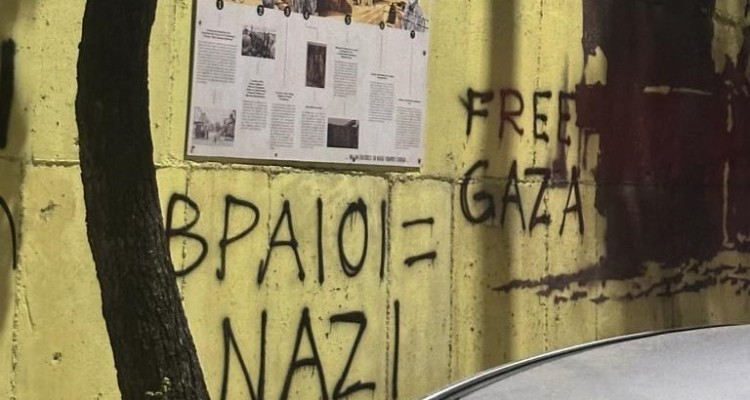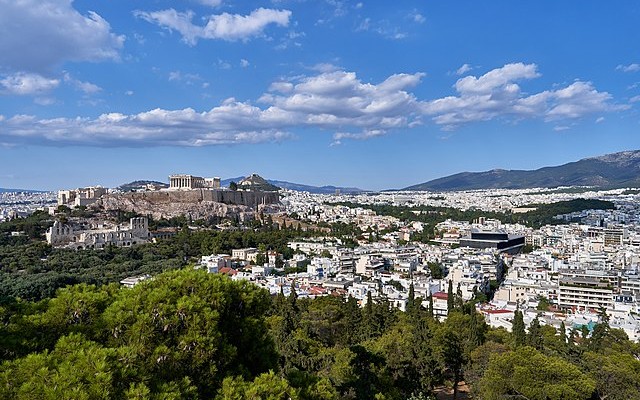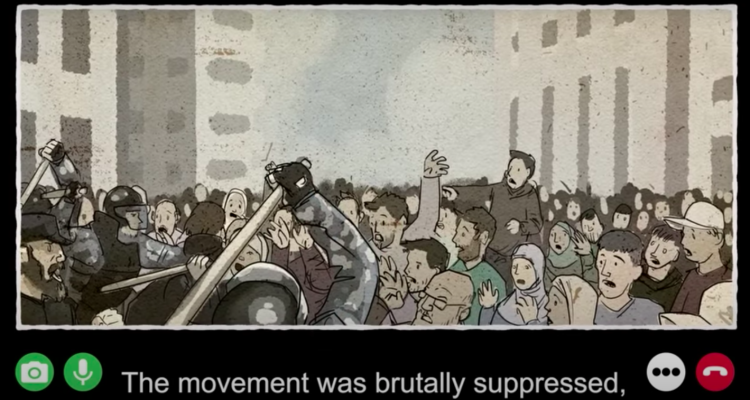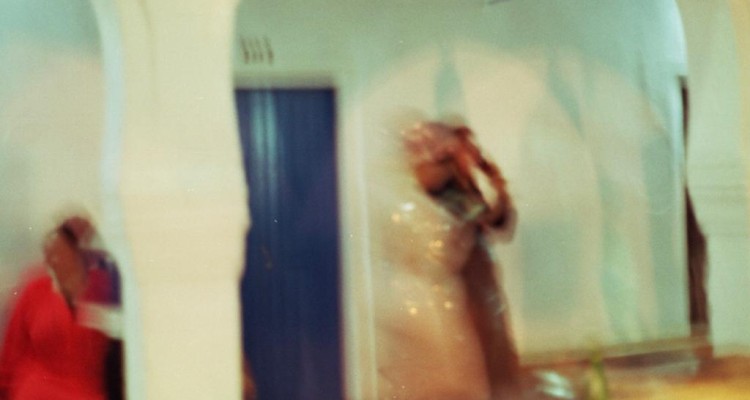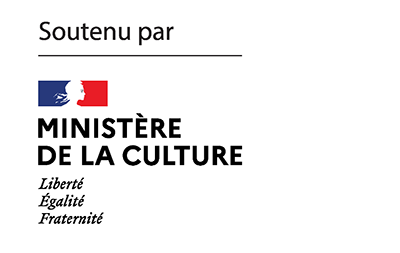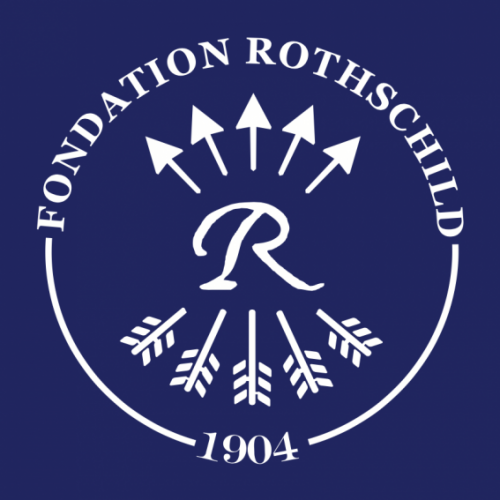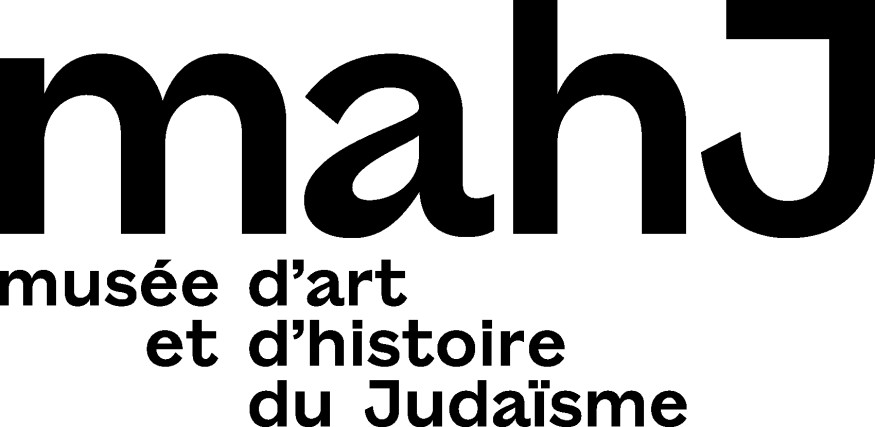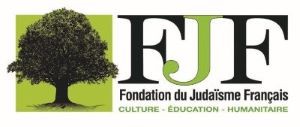Reports
Two members of the K. editorial team, Julia Christ and Élie Petit, are currently in Israel to document and analyze the various movements underway in the country, post-October 7 – the war in Gaza is still going on and an agreement is in indirect talks between Israel and Hamas for the cessation of fighting and the release of hostages. First stop on their journey this week: on their first evening in Tel Aviv, they took part in one of the weekly anti-Netanyahu demonstrations, guided by producer Karen Belz. They report their impressions and first analysis.
Poland once had more than 1,500 Jewish cemeteries. Since Poland’s current Jewish population is estimated at 10,000. The math is stark: today in Poland there is about one Jewish cemetery for every 15 living Polish Jews. In the report — which we are publishing in two parts — American journalist Gabriel Rom tells us about both the virtuous initiatives to preserve these cemeteries and the vicious policies of exploitation to which they are subjected.
In this “Postcard from Suriname” Anshel Pfeffer regales us with the little known story of the Jewish community of Suriname. Born out of migration and colonialism, to becoming an isolated, autonomous active community in the 18th and 19th century, this is the story of a Jewish state that could have been and never was.
How can we understand South Africa’s determination to accuse Israel of genocide before the International Court of Justice? Howard Sackstein, a founding member of the Jewish Anti-Apartheid Movement, looks back in this text at the country’s deteriorating political and economic context, the ANC’s bankruptcies and the way it is trying to restore its image and fill its coffers by acting as a mouthpiece for global anti-Zionism. Against the backdrop of these political maneuvers, the uncertain future of the South African Jewish community looms large.
This second part of the survey on the specifics of Greek antisemitism looks at how the public authorities intend to combat this phenomenon, based on eyewitness accounts. However, given the Orthodox Church’s responsibility in spreading anti-Jewish prejudice, the difficulties of organizing the fight against misinformation and antisemitism on the Internet, and the increase in acts of vandalism during outbreaks of the Israeli-Palestinian conflict, the task seems particularly arduous.
This first part of the DILCRAH report about antisemitism in Greece, part of the European Survey on the state of public policies to combat antisemitism, reveals the worrying spread of prejudice against Jews in Greek society. Whether through the testimonies of Greek Jews, politicians or opinion polls, it is clear that antisemitism is an integral part of the Greek political landscape, although it is expressed less violently than elsewhere. The second part of this report looks at how the Greek authorities intend to tackle this problem, which seems to be deeply rooted in the country’s history and political culture.
The videos created by the Center for Peace Communications carry out projects that highlight the real conditions of civilians in the Middle East. In the case of Gaza, they show a daily life of oppression, warmongering coercion and Islamism. Democratically elected in 2007, Hamas immediately took control of civil society, leaving the population trapped between the severity of the Israeli blockade and the actions of the Palestinian government in power, which does not hesitate to use it for these destructive purposes, arrogating to itself with impunity the importance of the Palestinian cause and what is just in itself.
Each week this summer, K. brings you a selection of four articles that have already appeared in our pages, but which have been brought together for the occasion around a few key themes. This week : articles by Cléo Cohen, Joseph Benamour and Anshel Pfeffer.
In Latvia, unlike in other parts of Europe, the spoliation of Jewish property did not occur during the Nazi era, but during the Soviet occupation that preceded it. The same process of property nationalisation also took place in Lithuania and Estonia. In order to finally recover their property and possessions, Latvia’s Jews had to lobby for a dedicated law. Elie Petit recounts for K. the stakes and results of this struggle by interviewing, before and after the law was passed, some of its promoters.
Join us
With the support of:
Thanks to the Paris office of the Heinrich Böll Foundation for their cooperation in the design of the magazine’s website.
